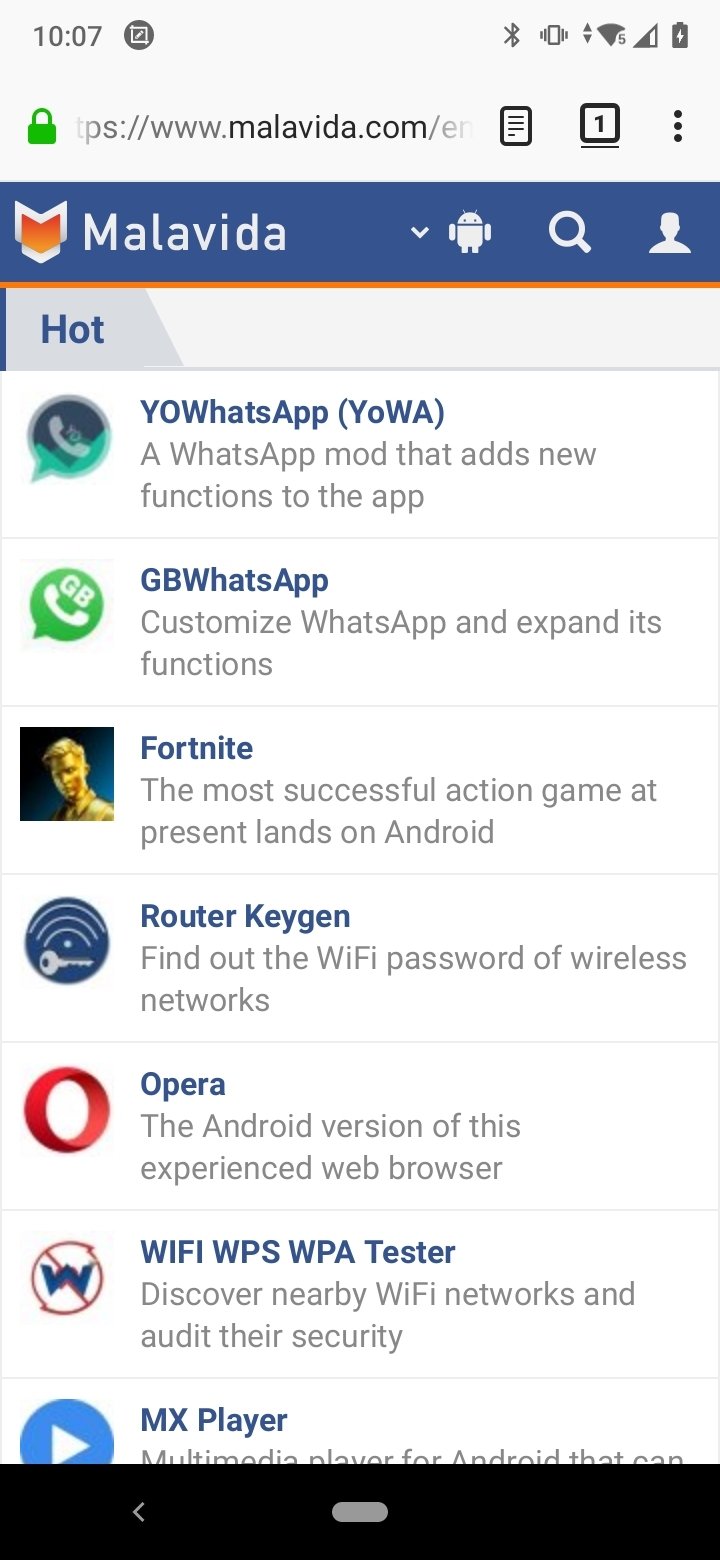

Puppeteer is an open-source Node.js library with a set of high-level APIs that allows you to programmatically control Chrome browser and, to an extent, Firefox, using JavaScript and headless mode. Taking screenshots, recording videos of your test, generating PDFs of webpages automatically.
 Crawling a Single-Page Application (SPA) and generating pre-rendered content. Creating an API to a website that doesn’t provide a publicly available API. RPA, web automation, workflow automation such as submitting forms online or automating data entry. Emulating devices: timezone, type of device, location. Manipulating a browser programmatically.
Crawling a Single-Page Application (SPA) and generating pre-rendered content. Creating an API to a website that doesn’t provide a publicly available API. RPA, web automation, workflow automation such as submitting forms online or automating data entry. Emulating devices: timezone, type of device, location. Manipulating a browser programmatically.  All kinds of automation testing: UI testing, end-to-end testing, performance testing, service worker testing, testing Chrome Extensions, etc. What can you accomplish using these libraries? Why use Playwright or Puppeteer?īoth are very powerful Node.js libraries useful for every web automation programmer’s toolkit. We will also try to help you navigate your choice or transition between the two. In this blog post, we will have a quick look at what unites these JavaScript libraries (besides being open source) and what sets them apart. But is that where the differences end? Is it apples and oranges? More like crocodiles and alligators 🐊 Puppeteer ended up as a Chromium-centric and established Google solution Playwright ended up as more cross-browser, and the more recent library brought to you by the Microsoft team. You’re probably familiar with how the legend goes: at some point in 2020, the Puppeteer team transformed into the Playwright team, and now we’re stuck here trying to pick one of these great libraries to automate actions in a browser or test a web page.
All kinds of automation testing: UI testing, end-to-end testing, performance testing, service worker testing, testing Chrome Extensions, etc. What can you accomplish using these libraries? Why use Playwright or Puppeteer?īoth are very powerful Node.js libraries useful for every web automation programmer’s toolkit. We will also try to help you navigate your choice or transition between the two. In this blog post, we will have a quick look at what unites these JavaScript libraries (besides being open source) and what sets them apart. But is that where the differences end? Is it apples and oranges? More like crocodiles and alligators 🐊 Puppeteer ended up as a Chromium-centric and established Google solution Playwright ended up as more cross-browser, and the more recent library brought to you by the Microsoft team. You’re probably familiar with how the legend goes: at some point in 2020, the Puppeteer team transformed into the Playwright team, and now we’re stuck here trying to pick one of these great libraries to automate actions in a browser or test a web page.







 0 kommentar(er)
0 kommentar(er)
